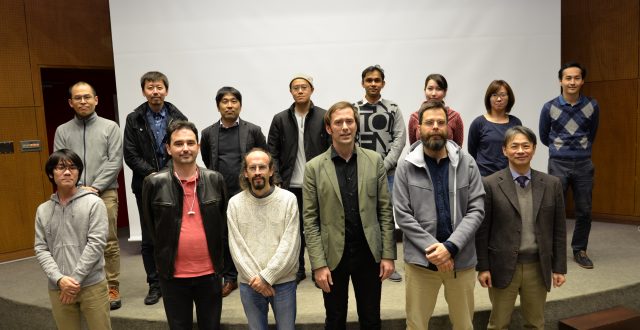
WRHI Symposium”Understanding of natural science based on network analysis -network analysis from big data” was held on 24 January
Event ReportsTopicsおすすめ
On 24 January 2020, a WRHI symposium entitled “Understanding of natural science based on network analysis” was held at Suzukakedai campus of the Tokyo Institute of Technology. It was organized by Professor Yasuharu Koike, the leader of the Information and Artificial Intelligence Research Hub. Four speakers with their lectures on various aspects of network science attracted an audience of about 40 persons. The lectures touched upon (i) the ubiquity of both big and small networks in the real world, (ii) social dynamics on networks, (iii) temporal dimension in network analysis, and (iv) emergent and synergistic phenomena in complex systems. Covering such a wide range of topics, the symposium successfully overviewed some of the cutting-edge developments in network science happening at the moment around the world.
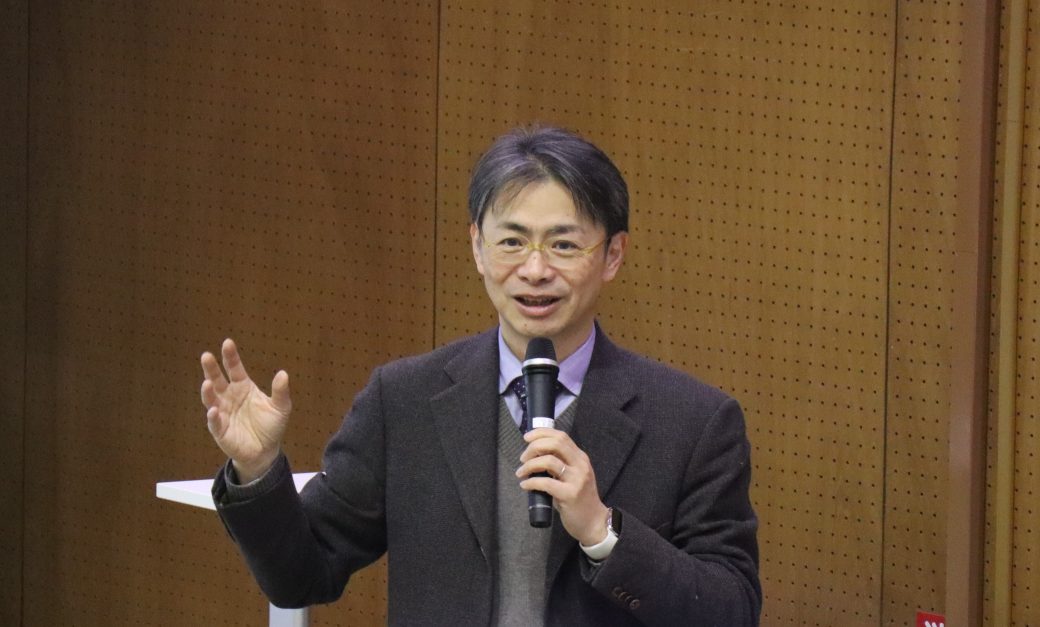 Professor Yasuharu Koike
Professor Yasuharu Koike
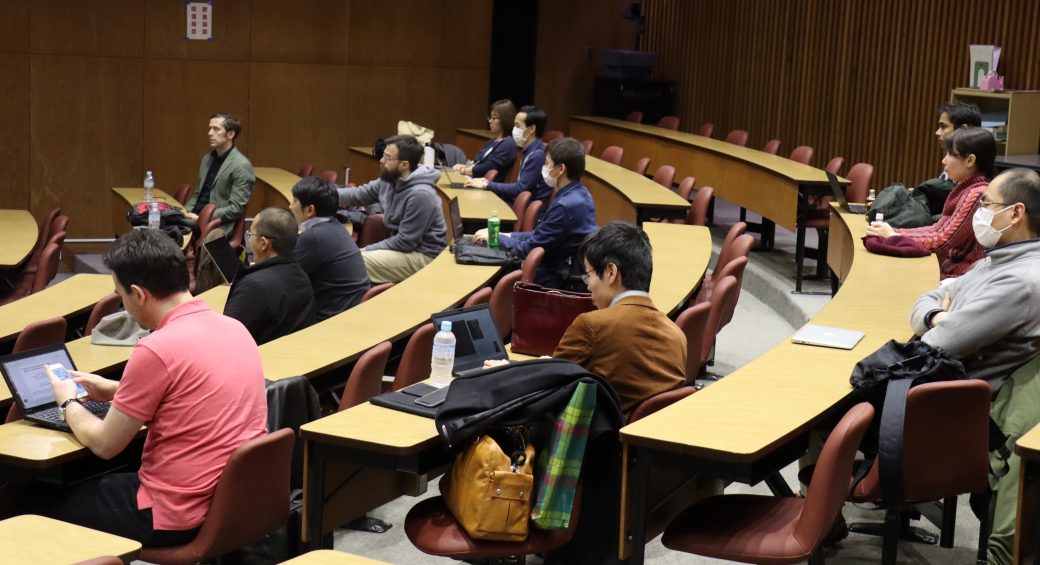 Site of Symposium
Site of Symposium
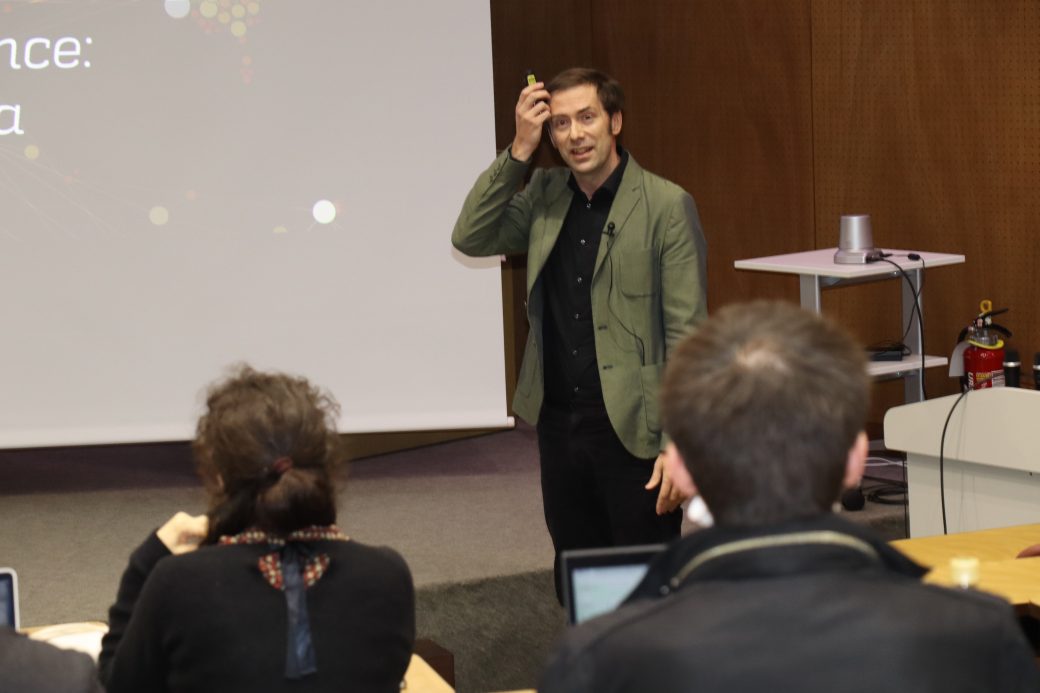 Petter Holme Specially Appointed Professor
Petter Holme Specially Appointed Professor
“Computational network science: From small graphs to big data”
Networks are all around us. From power grids to the nervous system, from friendship networks to chains of historical events, from railroads to financial transactions. Everything where units interact pairwise can be understood as networks. This makes networks modeling an important and versatile mathematical and computational framework. In this talk, I summarize the development of network theory over the last two decades. I also discuss some of the more recent developments with examples from my own research. First, I discuss temporal networks. These are network datasets where the timing of interactions are known. In many cases, especially modeling epidemic processes, it is important not to neglect that information. Second, I discuss the benefits of using exact algorithms even though that restrict you to small networks.
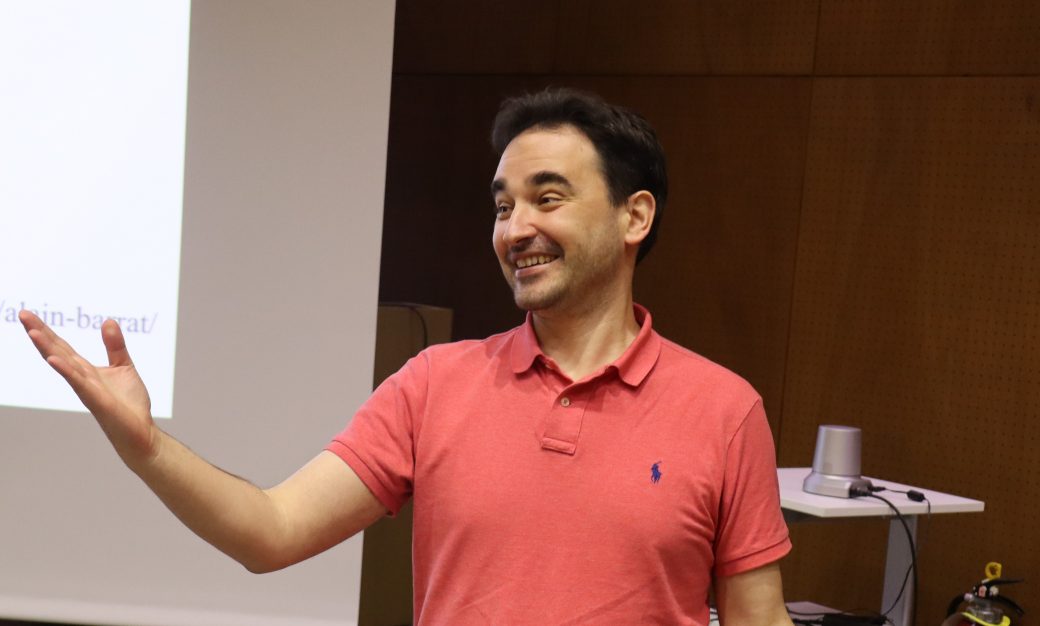 Marko Jusup Specially Appointed Assistant Professor
Marko Jusup Specially Appointed Assistant Professor
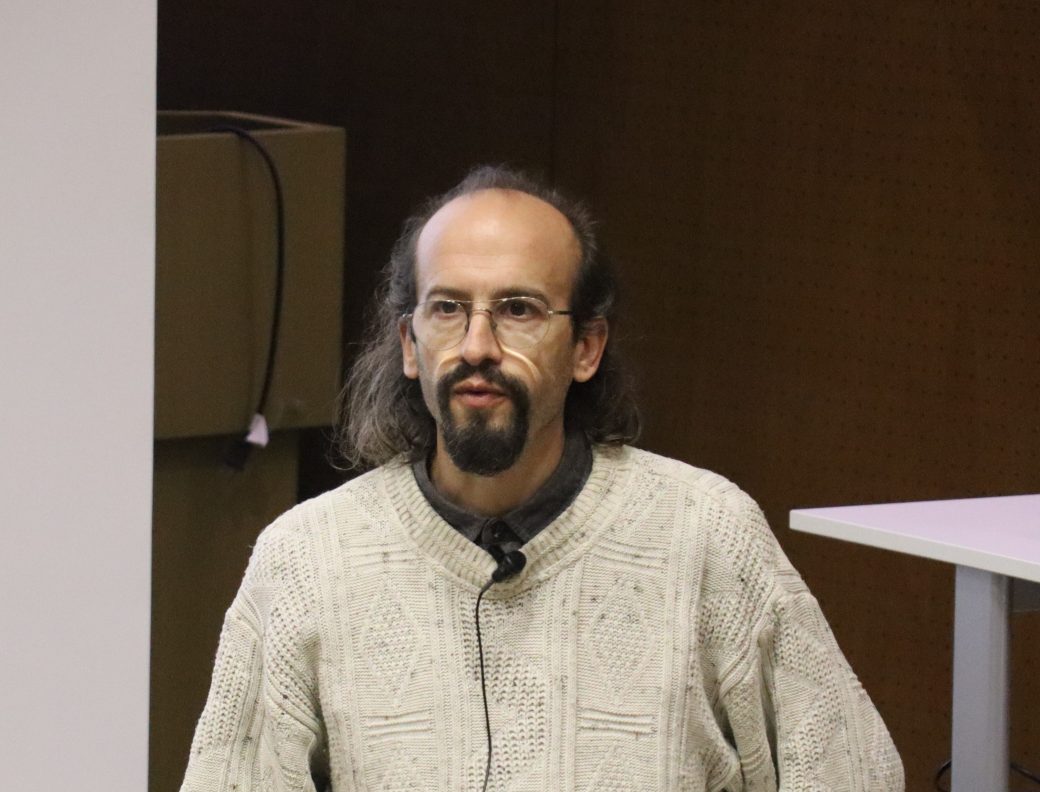 Alain Barrat, Tokyo Tech Specially Appointed Professor, CRNS France
Alain Barrat, Tokyo Tech Specially Appointed Professor, CRNS France
“Temporal contact networks”
Even in a world where digital interactions have an evergrowing impact on our lives, face-to-face contacts between individuals still play an important role in social interactions. Moreover, they also determine the potential transmission routes of infectious diseases, in particular of respiratory pathogens. An accurate description of these patterns is therefore of clear interest in fields ranging from social sciences to epidemiology.
Despite modern technologies register daily many information on our behavior and mobility, it is still not easy to gather data and information on human contacts. Researchers have long relied on Surveys and diaries, which give a lot of information but are costly and subject to recall biases. In the last 15 years, several projects have thus started to rely on specially designed wearable sensors to collect such data with high precision and temporal resolution.
In the talk, we first described one of the most succesful such project, the SocioPatterns collaboration created in 2008, its SocioPatterns sensing platform and some of the datasets collected in many different countries and contexts ranging from schools to hospitals or offices. We highlighted differences and astonishing similarities between the statistical properties of human contact data collected in such different contexts. We then discussed two examples of practical use of the data for issues of interest in social sciences and in epidemiology. First, we showed how detailed contact data can give some new insights into the well-known phenomenon of gender homophily among children at school. We then turned to the epidemiology of infectious diseases, and we showed how the collected data makes it possible to investigate the relative efficiency of targeted mitigation measures such as the targeted closure of classes in schools, in case of an emerging disease.
Finally, we highlighted how the fact that the data includes temporal information leads to novel fundamental questions about the structure of the data and the type of relevant structures contained in the data. We showed how it is possible to extract automatically cohesive structures that last a certain amount of time, and we illustrated the interest of such structures for finding interesting patterns in the data.
http://www.sociopatterns.org
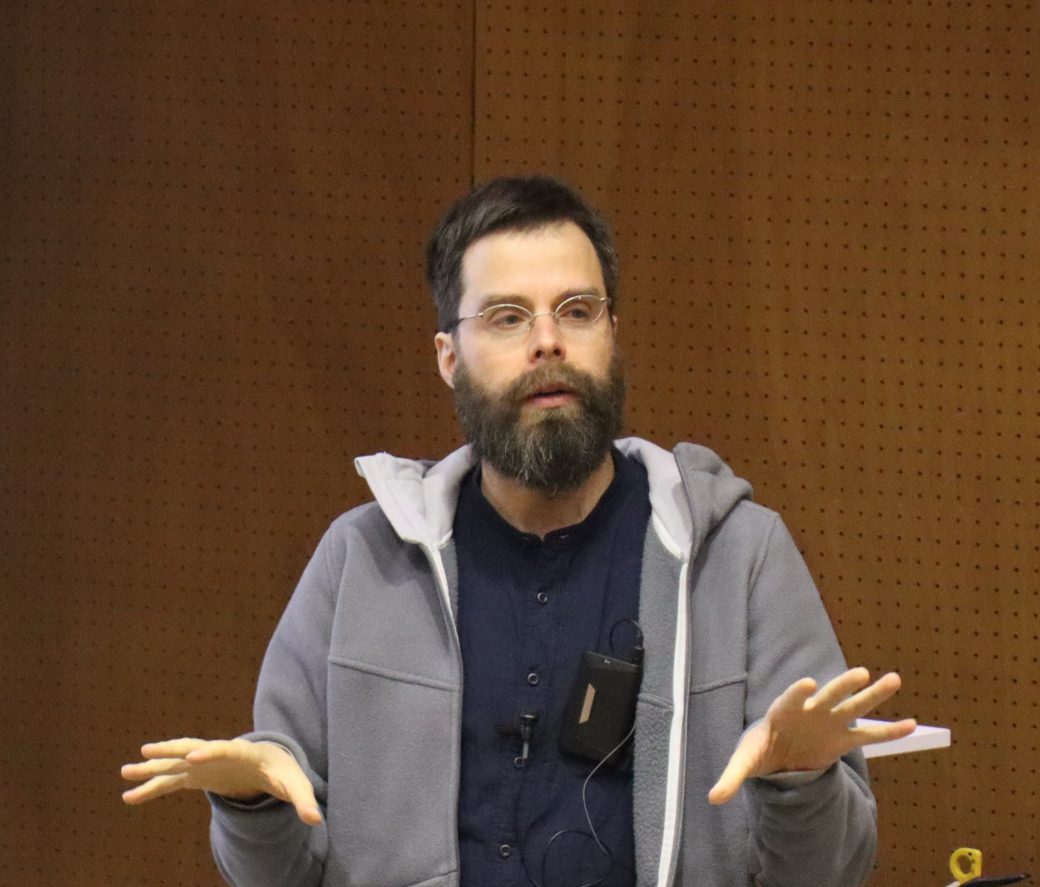 Fernando Rosas, Faculty of Medicine, Department of Brain Sciences, Imperial College London
Fernando Rosas, Faculty of Medicine, Department of Brain Sciences, Imperial College London
“Data-driven approaches for identifying emergent and synergistic phenomena in complex systems”
The first part of the talk is devoted to synergistic phenomena, which is considered as statistical regularities that affect the whole but not the parts at a given moment — extending the traditional notion of synchronization. We show how synergistic phenomena can be captured by various information-theoretic metrics, and explore connections with notions from computational neuroscience about the nature of high brain functions. In the second part of the talk we present a novel framework to quantify emergence in multivariate time series data. This framework relates emergence with dynamical effects of high-order statistical interactions, as captured by the taxonomy of information dynamics phenomena introduced by Integrated Information Decomposition (ΦID). The proposed framework enables a formal, quantitative definition of downward causation, and introduces causal decoupling as a complementary modality of emergence. Moreover, the framework allows practical measures, which avoid prohibitive constraints that restricts previous approaches enabling a range of practical applications. We illustrate the various studied metrics with different case studies, including cellular automata, baroque music, flocking models, and neuroimaging datasets.
